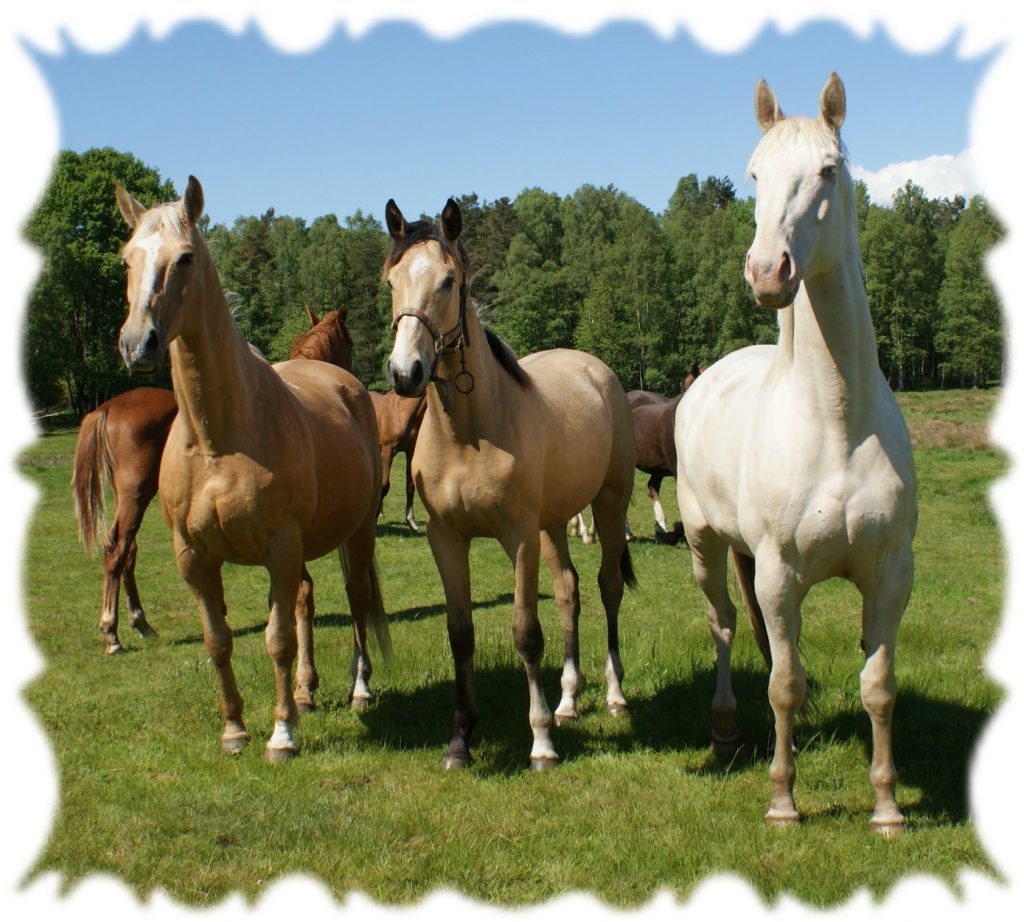🐴 Positive and Negative – Two Sides of the Same Coin
There are images that stay with you for life. One such image is etched into my memory from my very first riding school – a scene that both shaped me and opened my eyes to how we treat our horses. Today, I want to share that story. Not to stir up drama, but to explain why horse welfare is something we need to talk about – honestly and openly.
When I started my blog and my podcast, I made a promise to myself: to keep everything in a positive spirit. I was so tired of all the negativity flooding the internet. Over time, I’ve found many fun and heartwarming stories from the past. But when I sit down and try to refresh my memory – to really look back – the flashbacks often bring with them the heavier things too.
And of course, I know: where there is good, there is also bad. And often, it’s from the hard times that we learn the most.
One of those flashbacks takes me back to my very first riding school – a place I truly loved. It was my escape from school, where I didn’t really have any close friends. I wore glasses and was good at both writing and math, which didn’t exactly make me popular among the kids who liked to bully others.
When I close my eyes and think back, the very first image that comes to mind is of our riding instructor, Henry Thomsen, standing with all his might, whipping Ali – a horse tied up in a stall, trying to crawl up into the feed trough, eyes filled with terror, sweat pouring, his whole body trembling.
It’s an image burned into the back of my eyelids. It’s impossible to describe the full scene with words – the smell, the tension, the fear. And above all, the helplessness of not being able to do anything. I must have been around 10 or 11 years old.
Earlier that day, Thomsen had given a lesson to the more “experienced” riders. He had tried to “teach” Ali something by striking him with the whip. Ali responded with a powerful kick straight to Thomsen’s ribs, knocking the air out of him and sending him to the ground. Half an hour later, he went into the stable to “teach Ali a lesson.” We children saw everything, unable to stop it – until finally an adult stepped in and told Thomsen, “Ali has probably learned what he needs to now.”
Thomsen had a problem with alcohol, and the whole riding school was in chaos during that period. I’ll share more about that in my next blog post. But this story – this memory – is one I want to use to deliver a message.
This experience opened my eyes. First and foremost, you don’t punish a horse half an hour after something has happened. And even more importantly – you don’t punish a horse for reacting to being whipped. That is a natural reaction. The whip should never have been involved in the first place.
I’m sharing this story to show you what I stand for today. Many people (I hope) have never seen something like this. And some may still wonder what horse welfare really means. There are levels to everything – but in my opinion, Thomsen represents one of the worst examples of how things should not be done.
Then there are those who want better performance from their horses and resort to whips, spurs, or harsh bits to punish them when they don’t obey. And there are those who punish out of fear – to protect themselves when a horse bucks, tramples, or does something dangerous. I’ve been in that place many times myself. I’ve worked with so many different horses – my own stallions, and horses I’d never met before. In hindsight, I’ve often realized I could have handled things differently. But in the moment, it felt like self-defense.
I believe that one reason people resist the modern idea of horse welfare is fear – fear that things will go too far, that we won’t be allowed to “demand respect” from the horse anymore. But supporting horse welfare doesn’t mean letting the horse do whatever it wants. It’s just like with children – they must learn to sit at the table, go to school, and function as grown-ups. But we don’t need to hit our children to teach them. They can still respect adults – if we show them the way.
Respect is something you earn from the individual you work with – if you are a good teacher. If you are consistent and clear, and you guide them in the right way. Respect cannot be beaten into someone. If you use force, the other will fight back.
Respect is about give and take. About reading the one you’re working with, and understanding what affects them – and why. It comes with knowledge, and above all, with self-awareness.
We humans are the ones who must help the horse – without violence – to become our partner. To give us as much joy as we give them.


